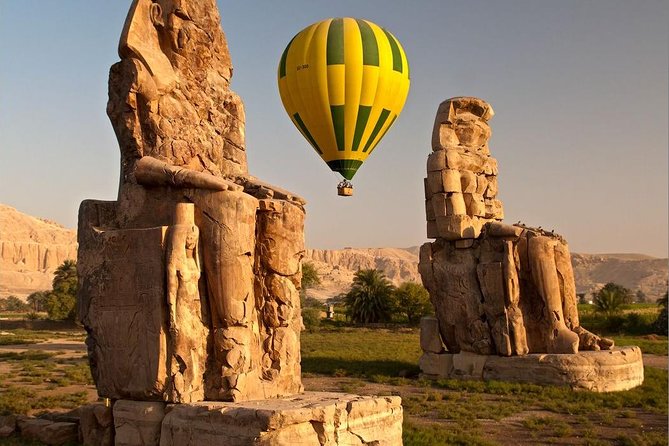What is a Shooting Star?
When gazing up at the night sky, it’s not uncommon for many of us to spot a brief, fleeting streak of light. This phenomenon, often described as a “shooting star,” is a wonder to behold. But what exactly is a shooting star? This article dives deep into this topic, shedding light on the science behind this dazzling spectacle and addressing common myths and misconceptions.
A shooting star is not actually a star at all. Contrary to what its name suggests, a shooting star is a meteoroid—a small rock or dust particle from space—that burns up upon entering Earth’s atmosphere. As it zips through the air, the intense friction heats the meteoroid so much that it incandesces, or lights up, creating a bright streak in the sky. This phenomenon is called a meteor.
- Meteoroid: A small rock or particle from space.
- Meteor: The streak of light produced when a meteoroid burns up in Earth’s atmosphere.
- Meteorite: A meteoroid that survives its passage through the atmosphere and lands on Earth.
The formation and appearance of shooting stars involve several fascinating steps. To truly understand what is a shooting star, we need to trace its journey from its origin to the moment it dazzles us in the night sky.
Meteoroids originate from a variety of sources:
- Comets: As comets orbit the Sun, they leave behind a trail of debris consisting of dust and small rocks. When Earth passes through these trails, we experience meteor showers.
- Asteroids: Collisions between asteroids in the asteroid belt can produce fragments, some of which become meteoroids.
- Space Dust: Some meteoroids are tiny particles of dust from space, often no bigger than a grain of sand.
Once a meteoroid enters Earth’s atmosphere, the following occurs:
- Entry: The meteoroid enters the atmosphere at high speeds—sometimes over 20 miles per second.
- Frictional Heating: The rapid motion of the meteoroid through the air causes it to heat up due to friction. This causes the surrounding air to glow, creating the streak of light we see.
- Disintegration: Most meteoroids completely burn up before reaching the Earth’s surface. The few that do make it all the way are termed meteorites.
With a name like “shooting star,” it’s no wonder there’s often confusion about what these phenomena actually are.
- Stars: These are massive celestial bodies composed primarily of hydrogen and helium. They produce their own light and heat through nuclear fusion. Our Sun is a star.
- Shooting Stars: As we’ve established, these are not stars at all, but rather meteoroids that produce a streak of light as they burn up in the Earth’s atmosphere.
If understanding what is a shooting star has piqued your interest, you might be wondering when and where to best witness this celestial event.
- Meteor Showers: These are annual events where Earth passes through the debris trail of a comet. During these periods, you can see multiple shooting stars in an hour. Some popular meteor showers include the Perseids in August and the Geminids in December.
- Best Viewing Locations: Dark, clear skies away from city lights offer the best views. National parks or rural areas are ideal.
- Time: While shooting stars can be seen any night, they’re most frequent after midnight.
The next time someone around you wonders aloud, “What is a shooting star?” you’ll be armed with the knowledge to not only answer the question but also share some of the fascinating science behind this age-old celestial phenomenon. As with many wonders of the universe, the more we learn, the more awe-inspiring they become. Whether you’re making a wish or simply admiring their fleeting beauty, shooting stars remain one of the night sky’s most enchanting mysteries.
Sources:
- “Meteor Showers 101” – NASA
- “The Life and Times of a Meteor” – Space.com
- “Meteor vs. Meteorite: Terminology Explained” – UniverseToday.com
Note: Always remember to provide proper credit and citations when quoting or referencing external sources.




